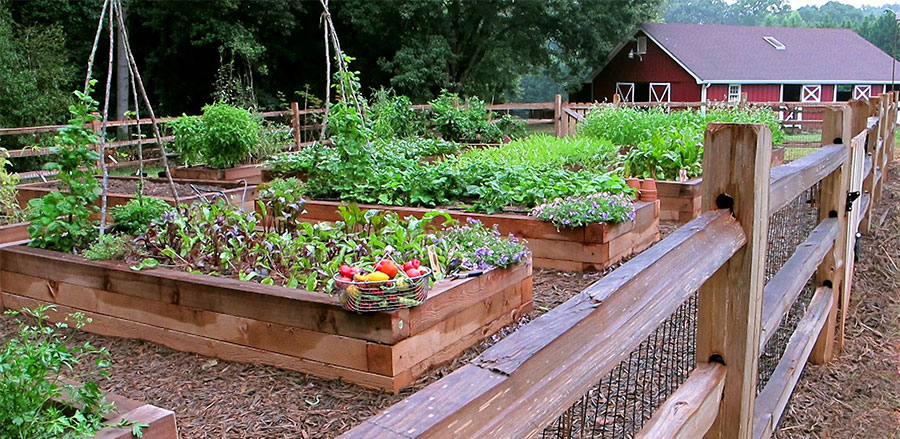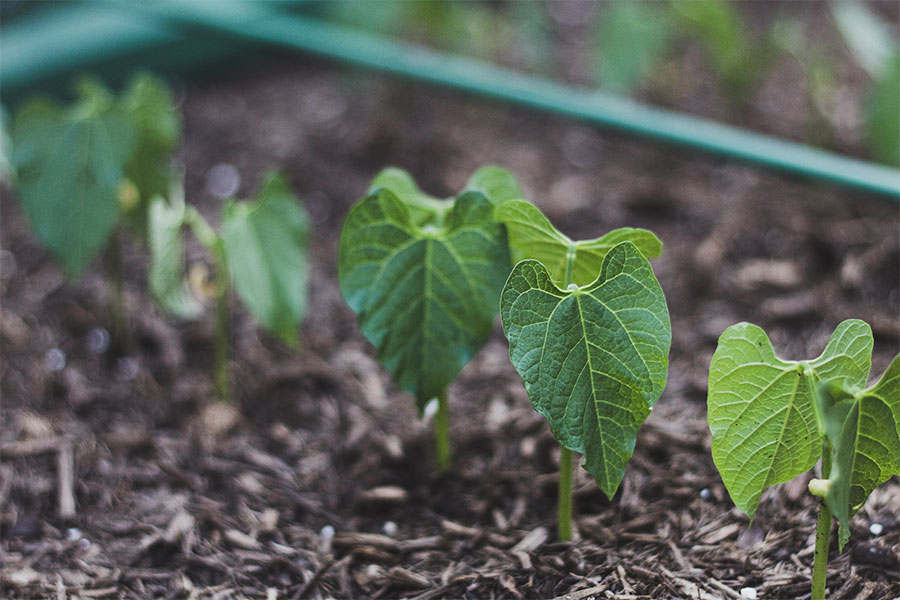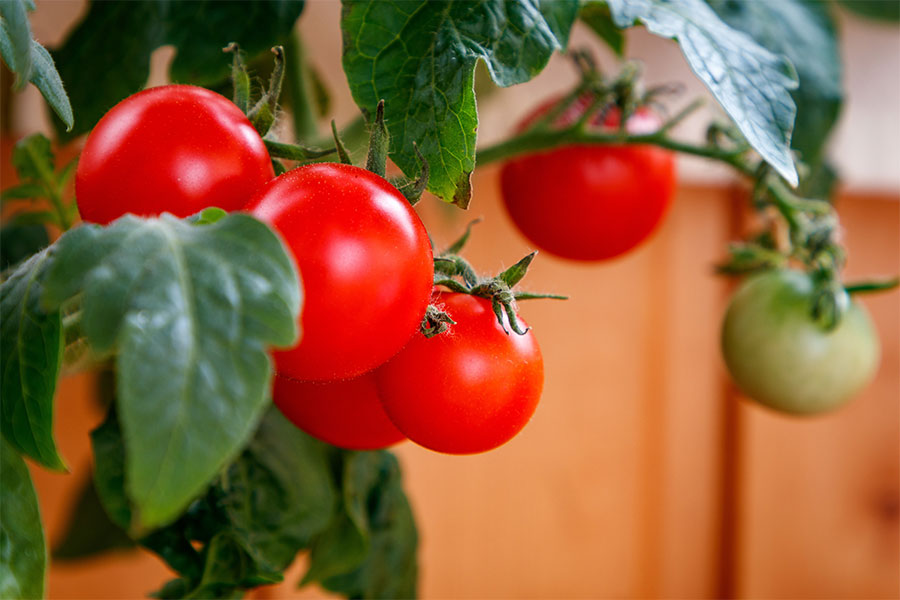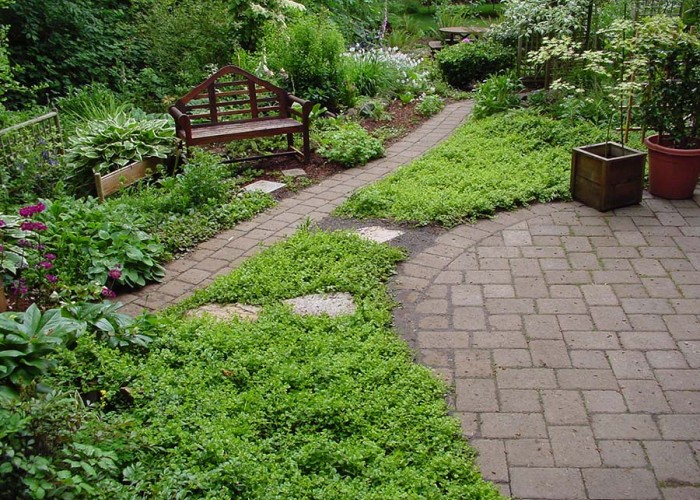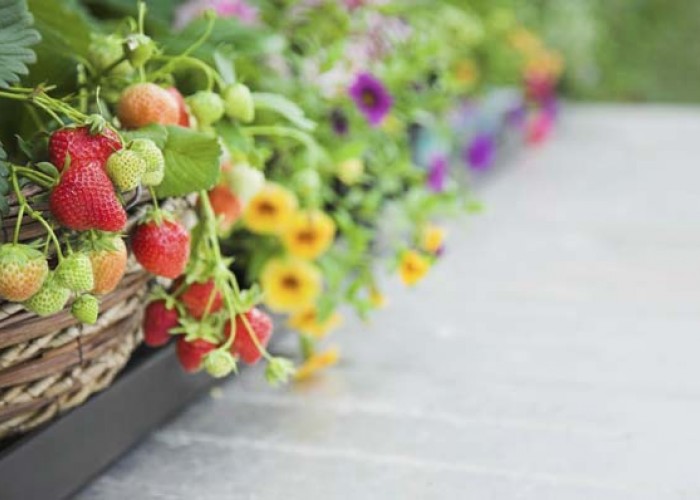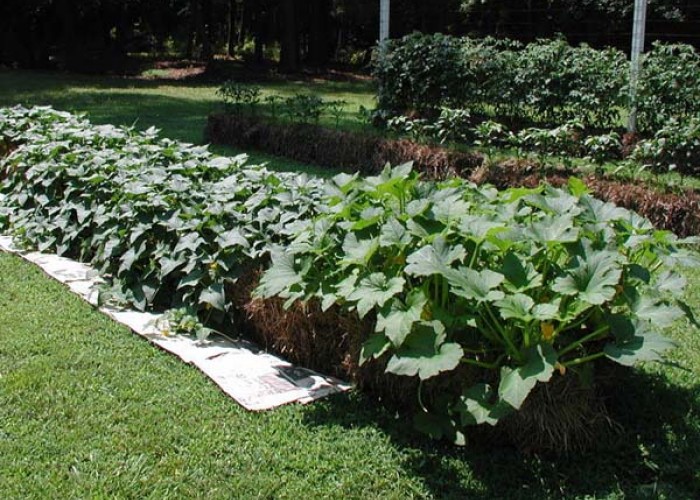The Fun of Food Gardening
Find your green thumb for the freshest produce around
By Pamela A. Keene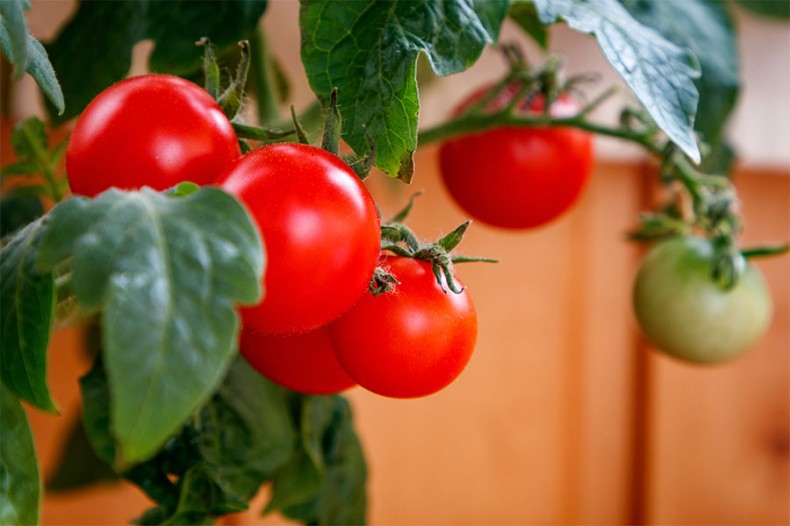
Joe Lamp’l, founder of joegardener.com, recommends raised beds for easy weeding, harvesting and for better soil quality control. Here's how to make your own.
Grocery store produce never fresh enough? Whether you have acres of land or a sunny patio, you can grow your own vegetables. With a little bit of know-how, enjoying the bounty of your own labors can be fun, rewarding and tasty.
“There are so many reasons to grow your own vegetables, and the flavors are ever so much better than store-bought,” says Joe Lamp’l, founder of joegardener.com and host of the “Growing a Greener World,” a nationally syndicated public television show. “Money can’t buy the kind of taste you get fresh from the garden or the satisfaction of knowing you’re eating what you’ve grown.”
“Money can’t buy the kind of taste you get fresh from the garden.”
Sunlight, soil and water
Three components are vital to successful vegetable gardening: sunlight, soil and water.
“Choose your spot carefully to have plenty of sunlight, at least 6 hours a day,” Joe says. “Look for a place that’s not obstructed by trees or other buildings. Sunlight is one of the three basic components to successful gardening. The other two are good soil and having access to a reliable water source.”
Many gardeners build raised beds. By elevating the growing area off the ground, it’s easier to plant, tend and harvest with less bending or squatting.
“Most people choose wood to construct raised beds, but be sure to consider the size,” Joe says. “Use 2- by 12-inch boards to build a bed that your space can accommodate. Be sure to make it about 3 feet wide to give good access from all sides. This will make weeding and harvesting easier and you can more closely inspect your plants for signs of disease or insects as they grow.”
Leave enough space between beds for a wheelbarrow to pass to bring soil and mulch into the garden area.
The soil in your garden is crucial for good production, and with raised beds you have more control over the composition of the soil, the nutrients and the quality.
“Packaged garden soil is a good choice because it’s disease and weed free, but be mindful of the quality. Cheaper is not better,” Joe says. “The soil provides the main support for your plants, so it needs to have the right nutrients and the right texture. If the soil compacts too easily, it will be difficult for plant roots to thrive. Amend it with organic matter, also available at your box retailer or local nursery, to promote good growth.”
Make sure a good water source is nearby to avoid constantly moving hoses back and forth throughout the growing season. “In an ideal world, drip irrigation is best, but it can be costly to install into each bed,” he says. “Consider hand watering if you have a smaller garden plot. Apply the water directly to the base of the plant to prevent wetting the foliage. Prolonged periods of wet foliage can increase the potential for plant disease.”
Watering can be tricky. “Don’t water just because it’s a certain day of the week—you run the risk of overwatering,” he says. “Check the moisture level of the soil, and water accordingly, allowing enough flow to soak the ground. Then wait until the top inch or so of the soil feels dry before watering again. Your plants will be healthier and produce better results.”
Seeds or seedlings?
Summer vegetables, such as tomatoes, eggplant and peppers, are generally easier to grow from seedlings, which can be purchased at a local nursery or box retailer. Look for healthy plants with several sets of leaves. They can be planted in the garden after the date of the last frost in your area.
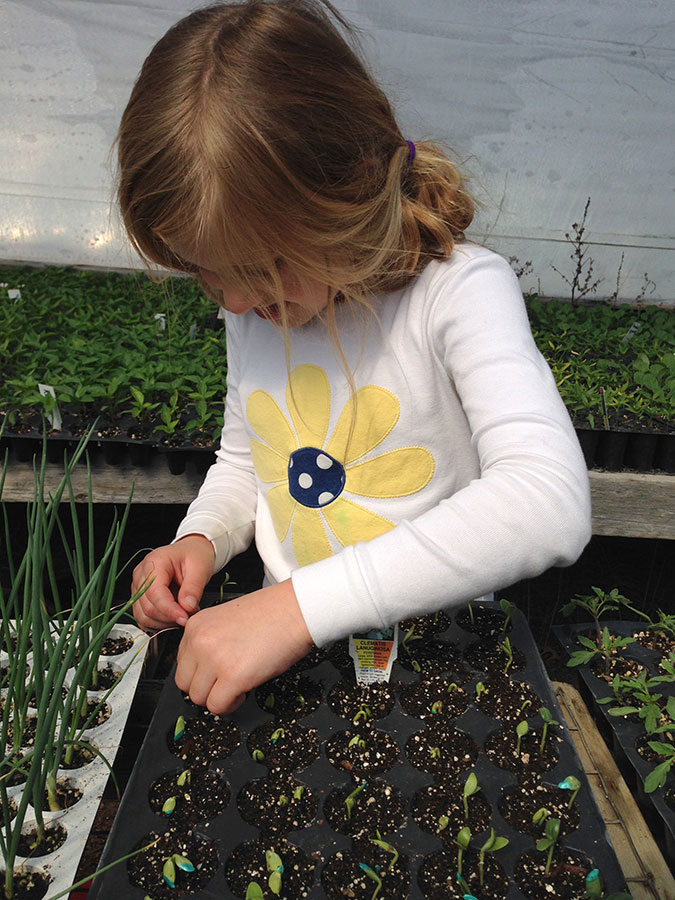
The right timing, lighting and temperature are needed to start seeds indoors, but the results can be truly worthwhile.
“If you want to start from seeds, back up your indoor starting time to have nice-sized seedlings by the ideal planting time for your region,” Joe says. “I’m a big proponent of starting vegetable seeds indoors about six to eight weeks before planting, but you will need the proper light set-up and the commitment to manage the process from seeds to moving the seedlings into the garden.”
Once the soil warms up, beans, squash and cucumber seeds are easy to plant directly in the garden. Their germination time is fairly quick. Be sure to purchase seeds packaged for the current year by finding the date stamp on the package and follow planting instructions.
“Vegetable plants are heavy feeders,” he says. “It’s important to fertilize them as they start to produce. A slow-release organic fertilizer is a nice way to deliver the nutrients on a continuous basis. Be sure to follow the application instructions for best results.”
Top-dressing vegetables with compost during the growing season provides additional nutrients and improves the soil.
Patio and deck
Some vegetables are well-suited for planting in containers, as long as they have ample sunlight. Again, at least six hours a day applies.
Tomatoes are available in patio and bush forms that are more compact and better suited for containers. Growers have also introduced a wide variety of peppers, from sweet to hot, plus colorful bell peppers, that grow nicely on a patio.
“The key is to provide a container that’s large enough for the roots to grow and support production,” he says. “Containers also tend to dry out more often, so it’s important to keep them properly watered. Feeding regularly is important as well.”
Joe suggests avoiding clay or terra cotta pots that lose moisture more quickly.
“Lighter-colored plastic pots work better, but make sure they have drainage holes in the bottom,” he says. “Adding a layer of mulch will help retain moisture and keep the roots a little cooler. ”
Patience pays off
Gardening is a lifelong learning experience and Joe says that no one gets it 100 percent right all the time.
“The number of resources — YouTube, online, websites, blogs and more — is infinite and can be overwhelming, so learn to filter the sound advice from the not-so-good,” Joe says. “Don’t get frustrated if you’re not successful in your first year of growing vegetables. Much of gardening is trial and error.”

Earn Your Green Thumb
Whether a gardening newbie or old hat, check out Joe Gardner's gardening resources from online courses and videos to podcasts and articles.
-
Gardening Is For Everyone
-
Share this story:

